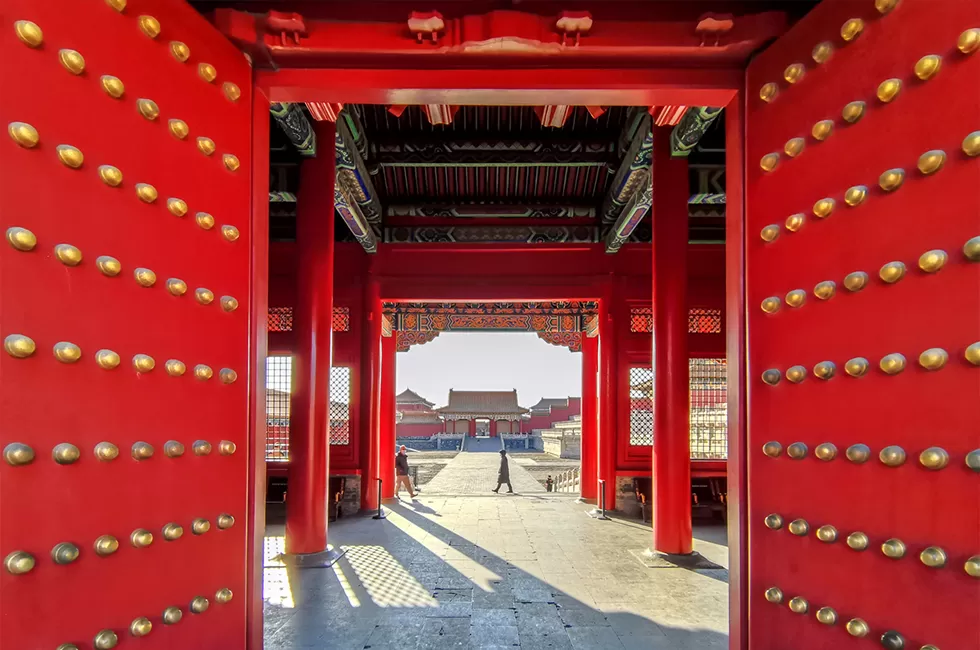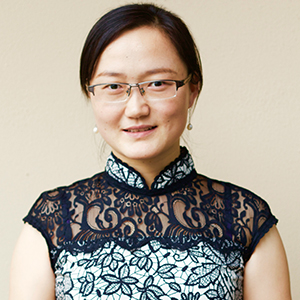Forbidden City
The History of the Forbidden City
The Forbidden City (zǐjinchéng) was the Chinese Imperial Palace of 24 Emperors from the Ming Dynasty (1368–1644) to the Qing Dynasty (1644-1911). Also known as the Imperial Palace (Gùgōng), it is the largest and best-preserved collection of ancient buildings in China. Covering an area of 720,000 square meters, there are 980 remaining buildings and 8,704 rooms contained within a 10 meter city wall and a 52 meter moat. On each of the four sides there is a huge gate. The Meridian Gate (Wu men) in the south and Divine Might Gate (Shenwu men) in the north provide entrance for tourists. Tiananmen also serves as the main entrance of the Forbidden City in the south.
So why was this Imperial Palace called the Forbidden City?
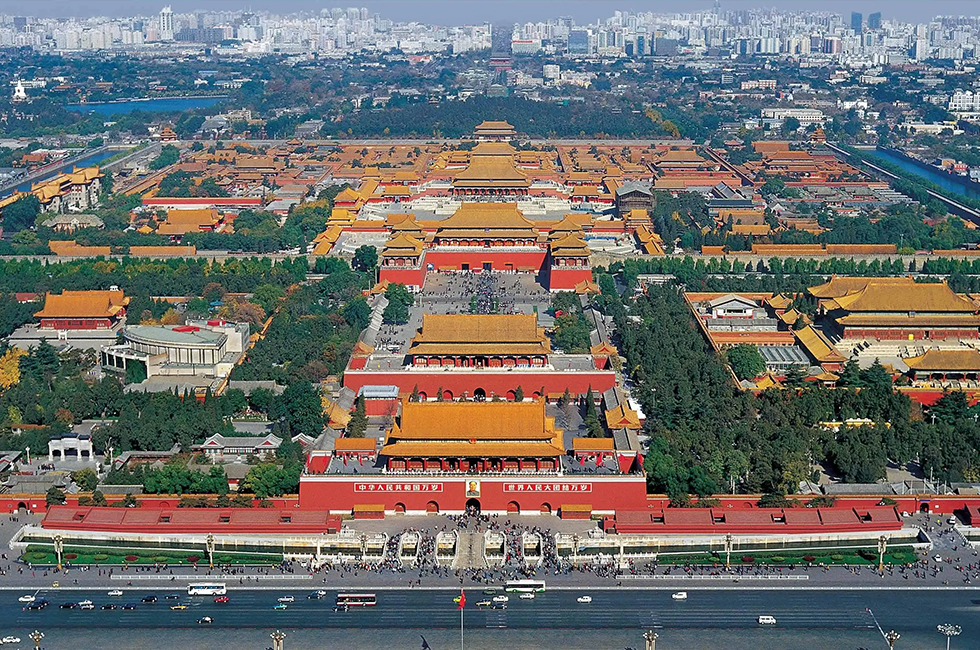 Forbidden City Overview
Forbidden City OverviewAccording to ancient Chinese astrology, “Zi” (Purple) refers to the North Star, known as the “Ziwei” Star in ancient China, home of the Celestial Emperor. The site of the palace was a mirror of the celestial one. “Jin” (Forbidden) symbolized that everything must be controlled by the Emperor, and “Cheng” literally means a city within walls. Common people were not allowed to enter the Forbidden City freely. Thus, the name “Zijin cheng” was formed. It can also be called “Gugong” because it means the former palace for Emperors. There is now a Palace Museum inside the Forbidden City.
Two main parts of the Forbidden City
The Forbidden City is mainly divided into two parts: the southern Outer Court (or Front Court) which was used for ceremonial purposes such as the enthronement of the Crown Prince, the Emperor's birthday, imperial marriage ceremonies and official business. The northern Inner Court (or Back Palace) was the residence of the Emperor and his households and used for day-to-day affairs of state.
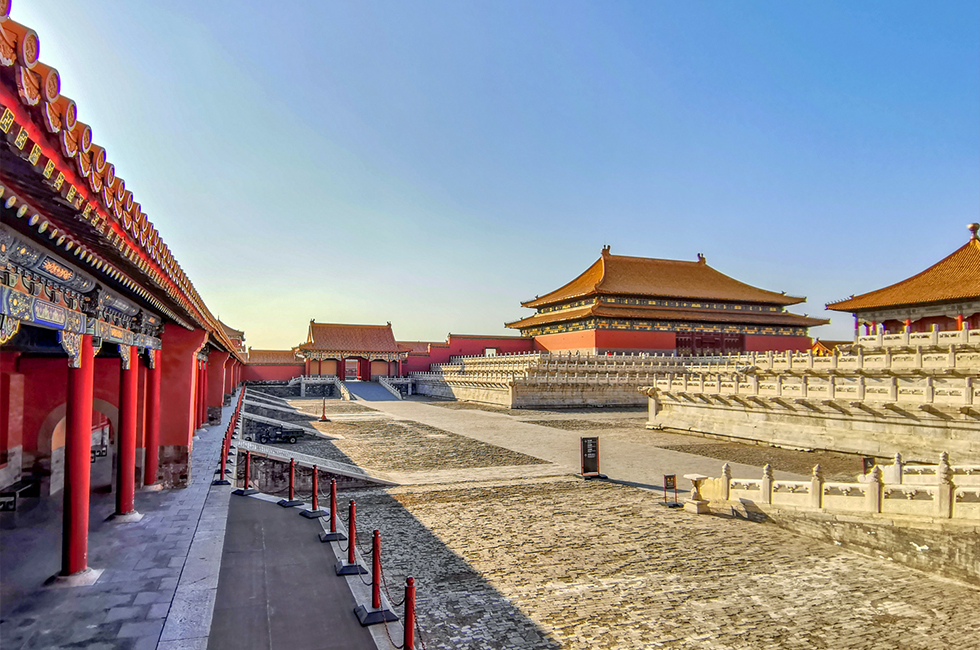 Forbidden City
Forbidden CityAfter entering from the southern Meridian Gate (Wu men), there is a huge Palace Courtyard. The Palace courtyard contains the “stream of golden water” and five bridges, all decorated with carved torches symbolizing power and masculinity. The Outer court is guarded by a row of lions protecting the Gate of Supreme Harmony. The Gate of Celestial Purity is where the emperor attended to state affairs.
The Forbidden City
When the Palace Museum was built?
The Palace Museum was built in 1925 and is well-known for its wonderful collection of historic, cultural, classic and artistic items. There are over 1.5 million displays dating from as early as the Shang Dynasty (1766 BC to 1122 BC) all the way through to the Qing Dynasty, including ceramics, paintings, bronze ware, timepieces, jade, palace artifacts, and an eclectic mix of fascinating articles.
The Forbidden City was listed as a World Heritage Site in 1987
The Forbidden City was listed as a World Heritage Site in 1987 by UNESCO. Its design exerted great influence on East Asian, and even modern architecture. Many movies were shot by using this site, such as “the Forbidden City” and “the Last Emperor”.
Comment from the World Heritage Committee
For five hundred years, the Forbidden City has been a symbol of supreme power. As an architectural structure with various gardens and 9,000 rooms housing fine furniture and artworks. It is considered a witness to invaluable civilization of the Ming and Qing Dynasties.
Introduction
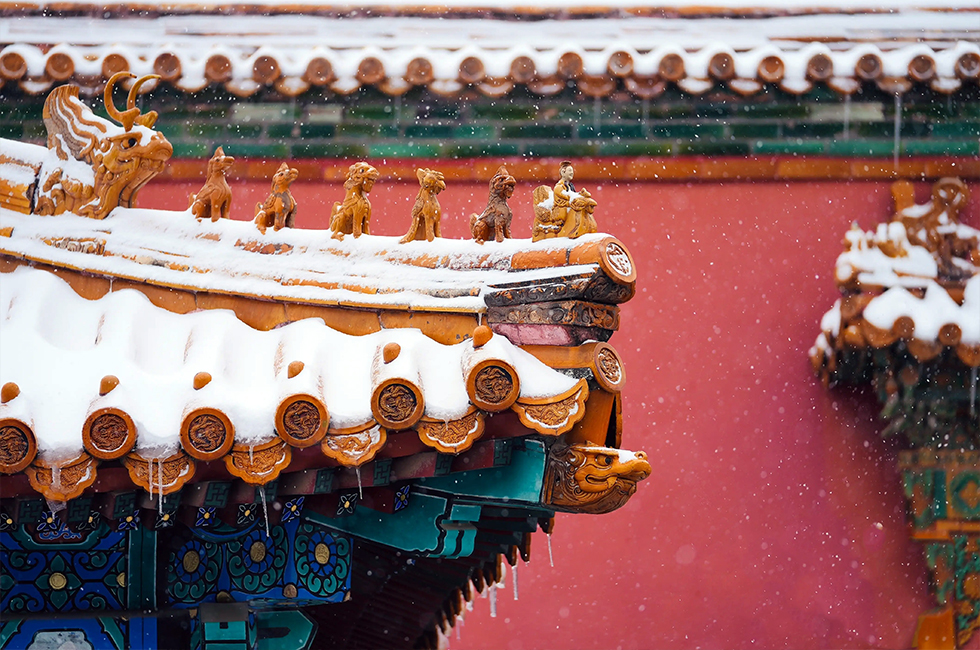 Forbidden City Architecture
Forbidden City ArchitectureLocated at the heart of Beijing, the Forbidden City is referred to as the Palace Museum. In the past, it was the imperial palace of the Ming and Qing Dynasties (1368-1911 AD), with 24 emperors once living there. Today, it is also known as the Palace Museum. The solemn and magnificence of Forbidden City hailed it as one of the five most famous palaces in the world, the others being the Palace of Versailles in France, the Buckingham Palace in Great Britain, the White House in the United States and the Kremlin in Russia. Additionally, it is listed one as one of the world cultural heritage sites.
With an area of 720,000 meters squared, the Forbidden City is the largest and ancient architectural structure in China with 9999 palaces and rooms. It is crowned for its magnificence due to its sea of palaces that is rare in China.
The eastern and western regions of the Forbidden City are asymmetrical with an axis stretching from north to south, which overlap the axis of Beijing. The three major halls, three major palaces and imperial garden are located on its axis. The palaces on the axis are flanked by other majestic palaces and pavilions, each of which consist of interior and exterior halls. The interior halls surround Taihe Hall, Zhonghe Hall and Baohe Hall with Wenhua Hall and Wuying Hall on the two sides, while the exterior halls revolves around Qianqing Palace, Jiaotai Hall and Kunning Palace with six other halls on both sides. The layout is all well arranged. On each corner of the city wall there is an exquisite turret. The 10-meter-tall city wall extends 3,400 meters squared, outside which is a 52-meter-wide moat.
 Treasure in Forbidden City
Treasure in Forbidden CityToday, there are many comprehensive art galleries in the Forbidden City, displaying art pieces such as paintings, porcelains, bronze vessels, handicrafts of the Ming and Qing Dynasties, inscriptions, toys, the four treasures of the study, clocks and calligraphic works, altogether 1,052,653 pieces of rare and precious pieces. This number accounts for one sixth of China’s cultural relics. For this reason, it is hailed as a museum housing the largest number of cultural relics. Housing China’s priceless national treasures, it is well known as a world-renowned museum of ancient cultures and arts.
On July 1, 2004, the 28th World Cultural Heritage Conference held in Suzhou, China approved to inscribe Shenyang Imperial Palace on the World Cultural Heritage Site List.
Cultural Heritages
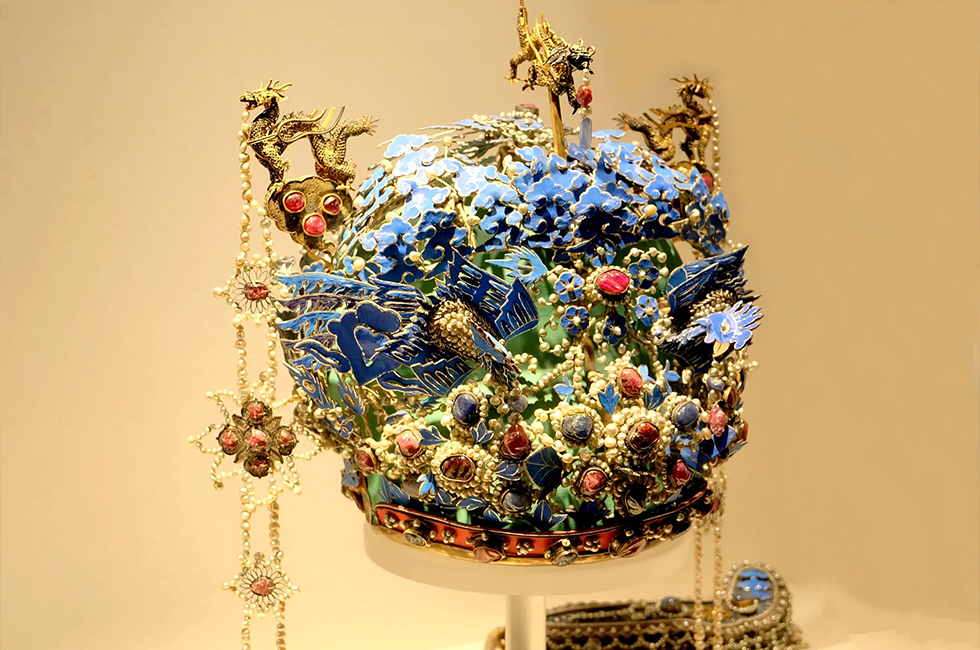 Treasure in Forbidden City
Treasure in Forbidden CityThe Forbidden City is known as one of the largest architectural structures in China. The palaces on the eastern and western sides are symmetrical with an axis stretching from the Bell Tower and Drum Tower in the north to Yongding Gate in the south. Today, it serves as a symbol of the time-honored Chinese history and shows the marvelous achievements the ancient Chinese have made in architecture.
Today, there are various comprehensive art galleries in the Forbidden City, displaying art pieces such as paintings, porcelains, bronze vessels, handicrafts of the Ming and Qing Dynasties, inscriptions, toys, the four treasures of the study, clocks and calligraphic works, altogether 1,052,653 pieces of rare and precious pieces. This number accounts for one sixth of China’s cultural relics. Thus, it is hailed as a museum housing the largest amount of cultural relics. Housing China’s priceless national treasures, it is known as a world-renowned museum of ancient culture and art.
The construction of the Forbidden City was initiated by Emperor Zhu Di of the Ming Dynasty. As the largest architectural ensemble with the largest amount of cultural relics that are unparalleled. It is said to be a world-renowned imperial architecture complex characterized by a structured layout and exquisite adornments.
Promote cultural exchange between China and other countries
The cultural relics in the Forbidden City are displayed in two themes, the palace theme and the art theme. There are 51 authentic displays shown in over 10 exhibition halls there. Over one hundred exhibitions have been hosted, and for over then times, they have made their way into Europe, Asia, America, Oceania and Africa. All these exhibitions help promote the splendid ancient Chinese civilization and facilitate the cultural exchanges between China and other countries in the world.
The Forbidden City, also known as the Palace Museum, used to be the imperial palace of the Ming and Qing Dynasties. As the largest ancient imperial architectural structure in China, it was inscribed on the World Cultural Heritage Site List in 1987.
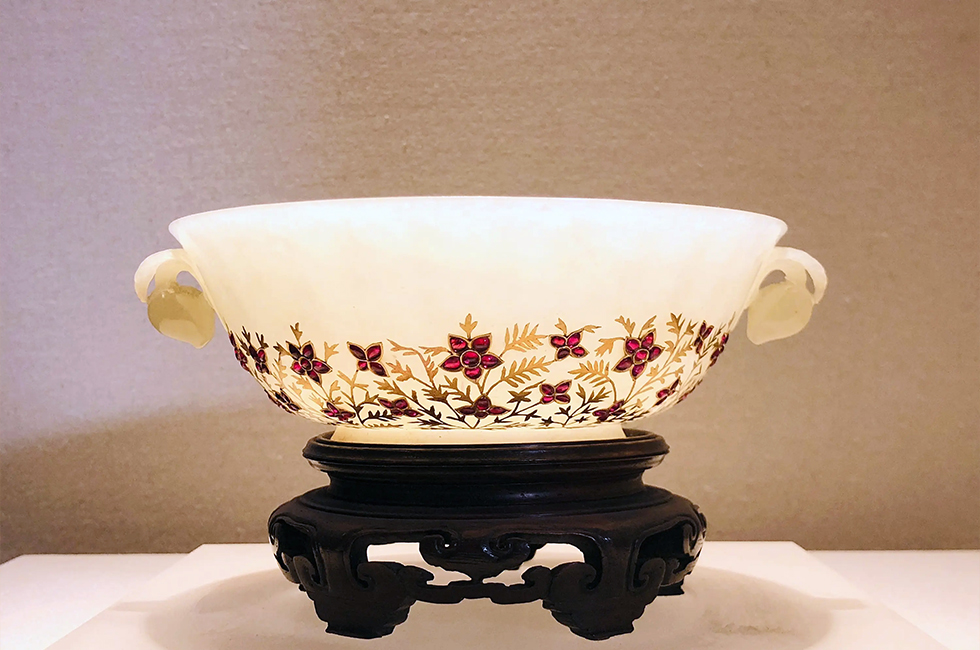 Treasure in Forbidden City
Treasure in Forbidden CityThe construction of the Forbidden City started in 1406 AD (the 4th year of the Yongming Period of the Ming Dynasty) and was completed in 1420 AD (the 18th year of the Yongming Period of the Ming Dynasty). Today, it has a history of over 580 years. From Emperor Yongle of the Ming Dynasty to Emperor Fuyi of the Qing Dynasty (the last emperor in China), 24 emperors once lived there. Its status as the supreme court lasts for 491 years.
Located at the heart of Beijing, the Forbidden City just reposes on the axis of Beijing that stretches 8 kilometers. The structures in the eastern and western sides are asymmetrical with an axis that overlaps with that of Beijing. Today, the People’s Cultural Palace is located in front of the Forbidden City used to be Imperial Ancestral Temple where emperors honored and worshipped their ancestors. The Zhongshan Park on the right front used to be alters where emperors offered sacrifices to the god of land and the god of grains. There was once a government office in the front and a trade market at the back.
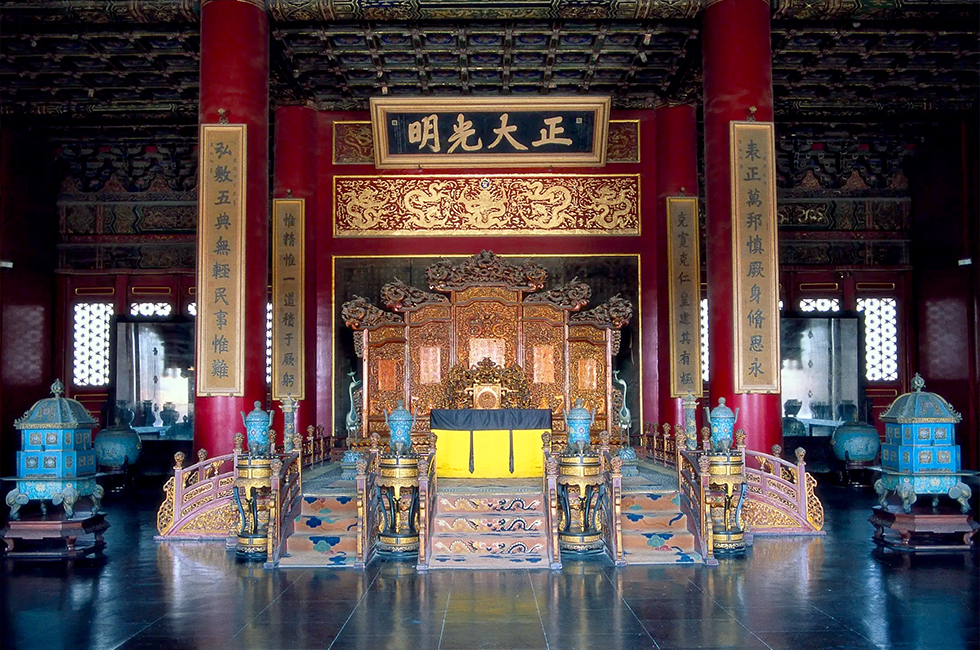 Emperor's Throne
Emperor's ThroneThe Forbidden City has an area of over 720,000 meters squared, 960 meters in length and 750 meters in width. Today, there are over 8,000 rooms, surrounded by a 10-meter-high city wall, outside of which is a 52-meter-wide moat. Each direction has a gate, in particular Meridian Gate in the south, Shenwu Gate in the north, Donghua Gate in the east and Xihua Gate in the west. It consists of interior and exterior regions. The exterior region surrounds Taihe Hall, Zhonghe Hall and Baohe Hall with Wenhua Hall and Wuying Hall on the two sides, which was for ceremonies, while the interior region revolves around Qianqing Palace, Jiaotai Hall and Kunning Palace with other six halls on both sides. Kunming Palace was where emperors handled national affairs and their concubines lived. Also, on the eastern side lies Ningshou Palace, which was where Emperor Kangxi spent the last years of his life.
Since the founding of the People’s Republic of China in 1949, large-scale renovations have been made to the Forbidden City, and a profusion of cultural relics have been reorganized. In 1961, the State Council designated it as a cultural heritage site under the state protection. Today, it houses over 1,500,000 pieces of cultural relics.
Related activities you might be interested in
GREAT FAMILY CHINA TOUR
JULY 2024 We wanted to thank Grace at China Culture tour for organizing a great tour of China. We enjoyed our Beijing - Xian-Chengdu -Guilin -Yangshuo - Shanghai trip. Our local guides Bruce in Beijing, Susan in Xian, Jane in Chengdu, Mike in Guilin and Mary in Shanghai took care of us…read more details »
Teng Han L from SINGAPORE
Ready to Create a Unique Dream Travel?
